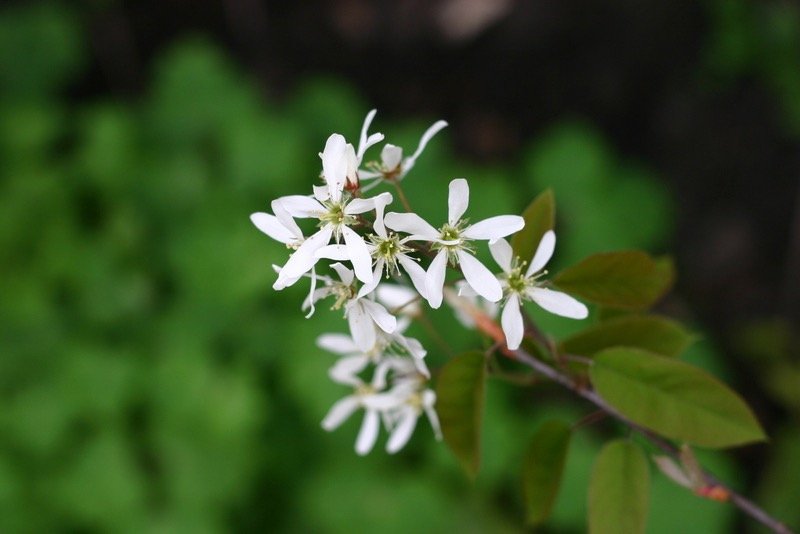Trees for wildlife
Trees provide shelter and food for a variety of wildlife. Winter and early Spring are the best time to buy and plant trees as they come dormant and bare rooted. Benefits of buying a bare-root tree include less maintenance after planting as the ground is usually wet for the first few months, less packaging and fuel in their production and delivery and often cheaper than container grown.
Three of my favourites all have early spring blossom providing much needed pollen and nectar for insects and then a feast of fruit in the autumn for birds and mammals. All small enough to find a spot in the garden.
Hawthorn (Crataegus monogyna). The explosion of white flowers in May give this native tree one of its common names: May-tree. Often found in hedgerows, the flowers turn to red berries (aka haws) in autumn. Some lovely cultivated varieties that look great in small gardens. Crataegus monogygna ‘Compacta’ is a dwarf slow growing upright variety.
Amelanchier Small garden tree with year round interest, beautiful bronze emerging leaves and delicate white blossom in spring. Scarlet foliage and dark red berries in autumn.
Crab apple (Malus sylvestris) Flowers emergy in late spring with pink buds opening to white petals that are attractive to bees. In autumn small yellow-green or red apples. I have Malus ‘Red Sentinal’ which holds onto its apples throughout the autumn and winter to provide a feast for the birds, especially blackbirds and thrushes. Crab apples are useful to have in the garden if you have apples trees. They make good pollination partners as they produce a large amount of blossom over a long period.
Delicate white Amelanchier blossom.

